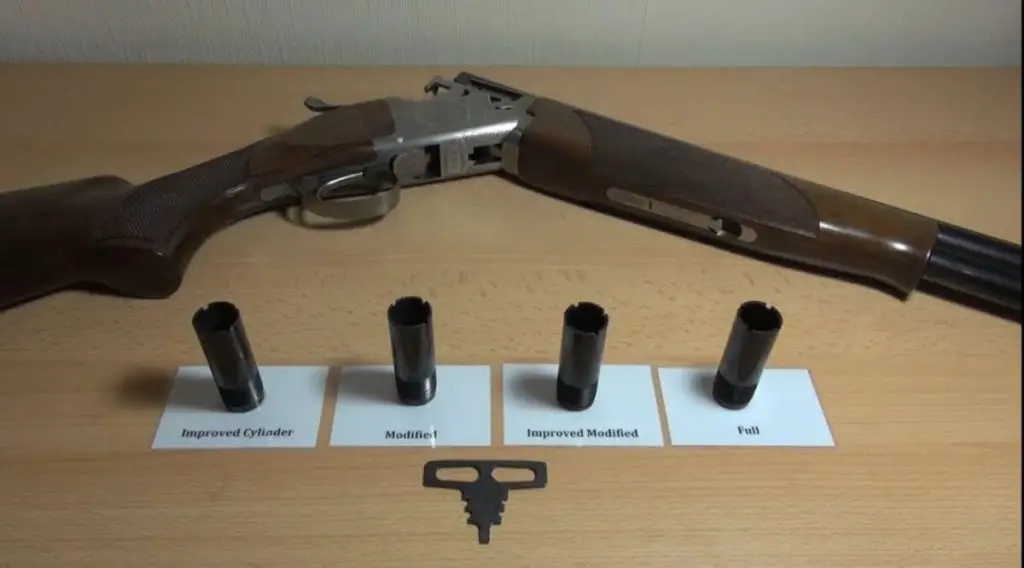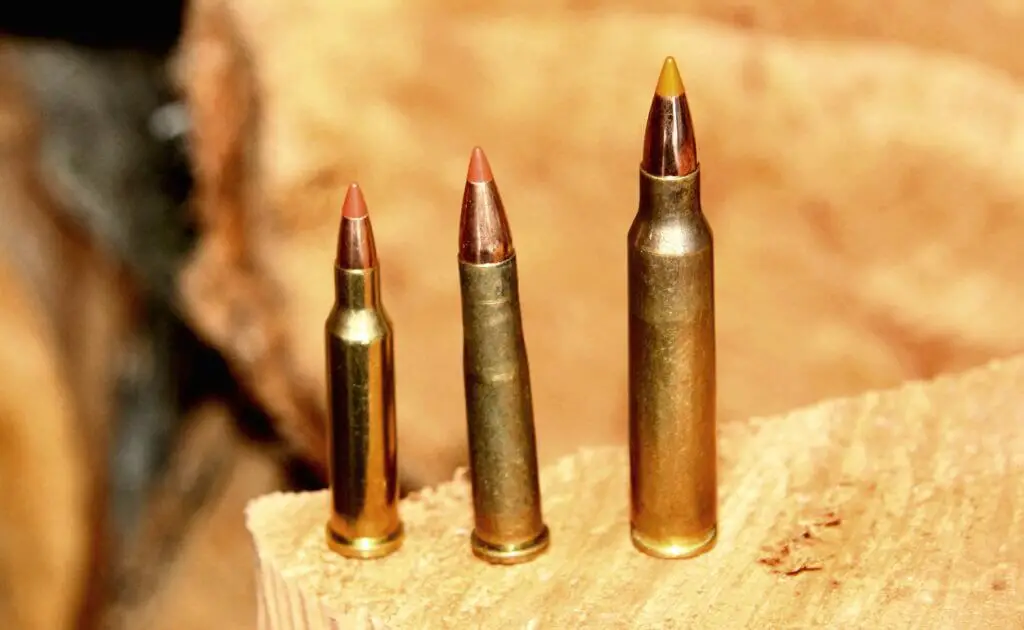The Springfield Prodigy, with its impressive design and precision, is a favorite among firearm enthusiasts. Its versatility and performance are perfect for those who wish to push the boundaries of their shooting capabilities. To harness its full potential, equipping the right optic is essential. Whether you are into competitive shooting, self-defense, or simply practicing at the range, the right optics can greatly enhance your shooting experience. In this blog post, we’ll explore some of the finest optics available for the Springfield Prodigy and delve into their features, pros, and cons.
Importance of Selecting the Right Optic
Selecting the right optic for the Springfield Prodigy enhances accuracy, improves target acquisition, and can enrich the shooting experience. Modern optics have become technological marvels, offering features such as illuminated reticles, variable magnification, and rugged durability for various environments. The choice of optic depends largely on your shooting needs, whether it’s short-range engagements or longer precision shots. Understanding the nuances of each product will help you make an informed decision.
Top 3 Optics for the Springfield Prodigy
Among the many optics available, I’ve narrowed down three exceptional products that stand out in terms of performance, durability, and usability: the Trijicon RMR Type 2, Holosun HS507C X2, and the Vortex Venom.
Trijicon RMR Type 2
When it comes to trusted durability and stellar performance, the Trijicon RMR Type 2 is a popular choice. Designed to withstand the rigors of extensive use, this rugged mini reflex sight is a reliable companion for the Springfield Prodigy.
Key Features:
– Adjustable LED
– 3.25 MOA red dot
– Ruggedized design
– Long battery life
– True-color multicoated lens
My Experience
I was particularly impressed with the Trijicon RMR Type 2’s clarity and zero retention. The 3.25 MOA dot provides a precise aiming point that is just right for fast target acquisition. The adjustable LED feature was a blessing during varying lighting conditions, from bright sunny days to overcast settings.
Installation was a breeze, and it felt robustly crafted, capable of handling drops and impacts without losing alignment. However, the pricing can be a deterrent for some, as it comes with a premium price tag, reflecting its advanced build and features.
Pros:
– **Durability:** Built to last, with military-grade materials.
– **Battery Life:** Long-lasting power, minimizing the frequency of battery changes.
– **Clarity:** The lens provides a clear, distortion-free view in various conditions.
Cons:
– **Price:** On the pricier side, making it less accessible for budget-conscious shooters.
– **Weight:** Slightly heavier compared to other mini red dot sights.
Holosun HS507C X2
Offering a perfect blend of functionality and affordability, the Holosun HS507C X2 stands out with its multiple reticle system and solar feature, enhancing both daytime and night capabilities.
Key Features:
– Multiple Reticle System (MRS)
– Solar power backup
– Shake Awake technology
– 50,000-hour battery life
– 2 MOA dot & 32 MOA circle
My Experience
Using the Holosun HS507C X2, I was delighted with its versatility. The Multiple Reticle System allowed me to switch between a dot and circle configuration quickly, accommodating various scenarios from tactical drills to casual plinking. The Shake Awake technology was fantastic, conserving battery life by activating the sight when movement was detected.
This optic also offered a seamless balance between solar and battery power, ensuring continuous operation without the fear of sudden power loss. While the controls took a bit of getting used to initially, once I mastered them, it was smooth sailing.
Pros:
– **Versatility:** Multiple reticle options for a broad range of shooting activities.
– **Solar Power:** Increased reliability under all lighting conditions.
– **Battery Life:** Exceptional longevity, reducing the need for frequent replacements.
Cons:
– **Learning Curve:** Initial setup and control adjustments can be challenging.
– **Bulk:** Slightly bulkier than some alternatives.
Vortex Venom
For shooters seeking an optic that offers excellent performance without breaking the bank, the Vortex Venom is a standout option. Known for its affordability and clarity, it provides reliable performance in a compact design.
Key Features:
– 3 MOA red dot
– Auto-brightness mode
– Aluminum housing
– Low-profile design
– Unlimited eye relief
My Experience
The Vortex Venom proved to be a cost-effective option offering surprising precision and ease of use. The 3 MOA dot was crisp and easy to spot, allowing for rapid target engagement. The auto-brightness mode was particularly useful when transitioning between different lighting conditions, adjusting the dot intensity appropriately.
One minor drawback I encountered was the relative difficulty in making windage and elevation adjustments using the provided tool. Nonetheless, the overall performance and budget-friendly nature of the Vortex Venom make it an attractive choice for beginners and seasoned shooters alike.
Pros:
– **Affordability:** Provides great value without sacrificing performance.
– **Brightness Adjustability:** Convenient auto-brightness settings for varied environments.
– **Ease of Installation:** Straightforward setup, even for optic newbies.
Cons:
– **Adjustment Knobs:** Slightly cumbersome to adjust.
– **Battery Life:** Not as long-lasting compared to higher-end models.
Comparative Table of Features
| Feature | Trijicon RMR Type 2 | Holosun HS507C X2 | Vortex Venom |
|---|---|---|---|
| Dot Size | 3.25 MOA | 2 MOA dot & 32 MOA circle | 3 MOA |
| Battery Life | Up to 4 years | 50,000 hours | Up to 30,000 hours |
| Weight | 1.2 oz | 1.5 oz | 1.1 oz |
| Price | Premium | Moderate | Budget-Friendly |
From robust durability to unmatched versatility and affordability, choosing the right optic for your Springfield Prodigy will not only enhance your shooting accuracy but also ensure that your shooting experience is as satisfying as possible. Each of these optics brings something unique to the table, catering to different needs and budgets. As always, it’s essential to consider what best suits your shooting style and aspirations.
Frequently Asked Questions
What is the best optic for the Springfield Prodigy?
There are several optics that work well with the Springfield Prodigy, but some popular choices include the Trijicon RMR, Leupold DeltaPoint Pro, and the Vortex Venom.
What is the ideal magnification for the Springfield Prodigy?
The ideal magnification for the Springfield Prodigy will depend on the shooter’s preference and intended use. However, a 1-6x or 1-8x magnification scope is typically recommended for versatility and ease of use.
Should I go with a red dot or holographic sight for the Springfield Prodigy?
Both red dot and holographic sights are popular choices for the Springfield Prodigy. Red dot sights are generally more lightweight and simpler, while holographic sights offer a wider field of view and reticle options. Choose the one that best suits your needs and preferences.
What is the battery life like on optics for the Springfield Prodigy?
The battery life of optics for the Springfield Prodigy can vary depending on the brand and model. Some optics have longer battery lives than others, so it’s important to do your research and choose one that fits your needs. On average, most optics can last up to several hundred hours on a single battery.
Is there a specific brand of optic that is best suited for the Springfield Prodigy?
There is no one-size-fits-all answer to this question as it ultimately comes down to personal preference. Many shooters have had success with optics from trusted brands like Trijicon, Leupold, and Vortex.
Are there any specific features I should look for in an optic for the Springfield Prodigy?
Some features to consider when choosing an optic for the Springfield Prodigy include a durable construction, a clear reticle, easy adjustment controls, and a good battery life. It’s also important to consider the weight and size of the optic to ensure it fits well on your firearm.
Can I use night vision with the Springfield Prodigy?
Yes, you can use night vision with the Springfield Prodigy, but you will need to make sure the optic you choose is compatible with night vision devices. Some optics have night vision modes or settings that can help enhance visibility in low light conditions.
What is the best mounting option for optics on the Springfield Prodigy?
The best mounting option for optics on the Springfield Prodigy will depend on the specific optic and your shooting style. Some shooters prefer a low-profile mount for better accuracy, while others may opt for a cantilever mount for better eye relief. It’s recommended to do some testing to see which mount works best for you.
Are there any specific adjustments I should make when zeroing my optic on the Springfield Prodigy?
When zeroing your optic on the Springfield Prodigy, it’s important to follow the manufacturer’s instructions for precise adjustments. Make sure to start at a short distance and gradually move back to your desired zero range. It’s also important to take your time and make small adjustments to ensure accuracy.
What is the best way to clean and maintain an optic for the Springfield Prodigy?
To clean and maintain an optic for the Springfield Prodigy, it’s important to use a soft cloth or lens brush to remove any dust or dirt. Avoid using harsh chemicals or solvents as they can damage the coating on the lens. Also, make sure to store your optic in a dry and secure location when not in use to prevent any damage.
- How to Put a Scope on a Mosin Infantry in Tarkov: A Quick Guide - November 7, 2024
- How to Edit a Scope Box in Revit: A Step-by-Step Guide - November 6, 2024
- How to Put a Scope on Mosin Tarkov: Expert Tips for Gamers - November 6, 2024


